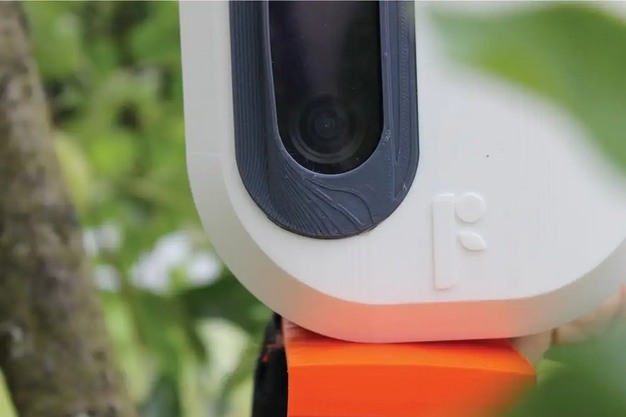Developed through Krige's practice-based PhD at Te Kunenga ki Pūrehuroa Massey University, Foresight is a tree-mounted device using stereoscopic vision to measure fruit size in real time.
The system allows growers to connect growth data with weather forecasts, chemical applications, and regenerative practices. A dashboard provides visual comparisons to previous days, weeks, and seasons.
 © Massey University
© Massey University
"Currently, growers are still using callipers to manually measure apples by hand. That's repetitive, time-consuming, and often inaccurate, especially for large-scale operations," said Dr Zené Krige.
Foresight is powered by solar energy or a battery and manufactured from recycled HDPE plastic, chosen for its resistance to chemicals and weather. It is designed with large buttons for seasonal workers wearing gloves and a modular strap system for attachment and self-repair.
The core of the device is a Zed2i stereoscopic camera that captures one image each night using a calibrated flash. Fixed lighting removes variability from daylight and weather. The images are processed with machine learning to identify fruit, outline its perimeter, and calculate its size. Data is sent wirelessly to a central dashboard, providing orchard managers with real-time growth trends.
According to Dr Krige, the device is compatible with orchards using hail netting, which can disrupt satellite-based monitoring. This makes it a tool suited for modern orchards adapting to climate variability.
The development process took place over three years, during which Krige produced and tested more than 100 prototypes in collaboration with growers and researchers. "Foresight is the result of countless iterations, prototypes, and sketches, which were shown to local industry to gain validation and guidance on the most effective tool to help them solve a problem that is repetitive and prone to inaccuracies," she said.
For more information:
Massey University
Tel: +64 6 350 5701
Email: [email protected]
www.massey.ac.nz
